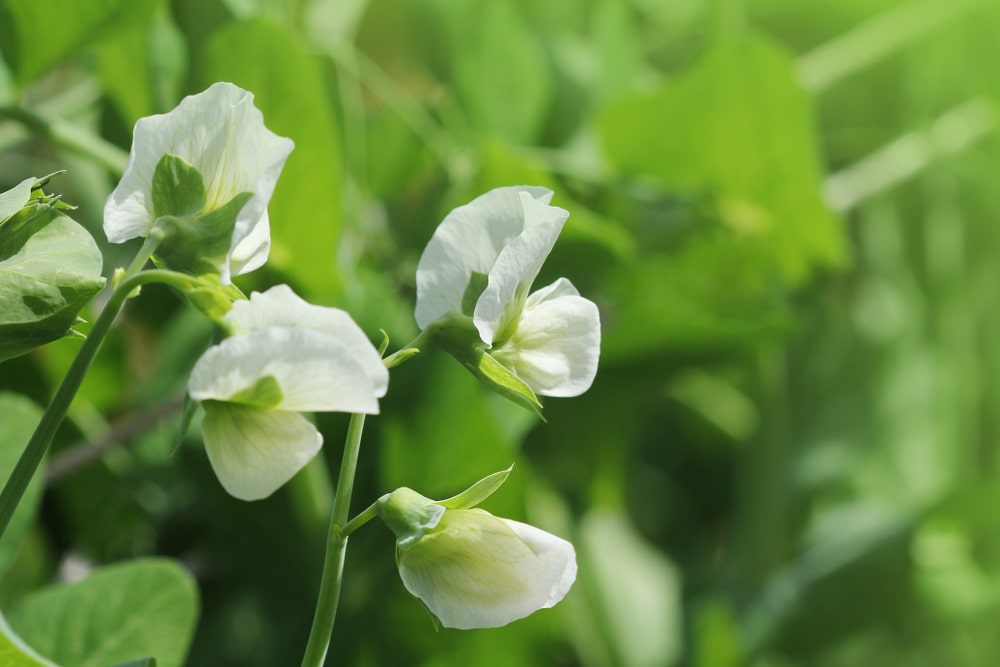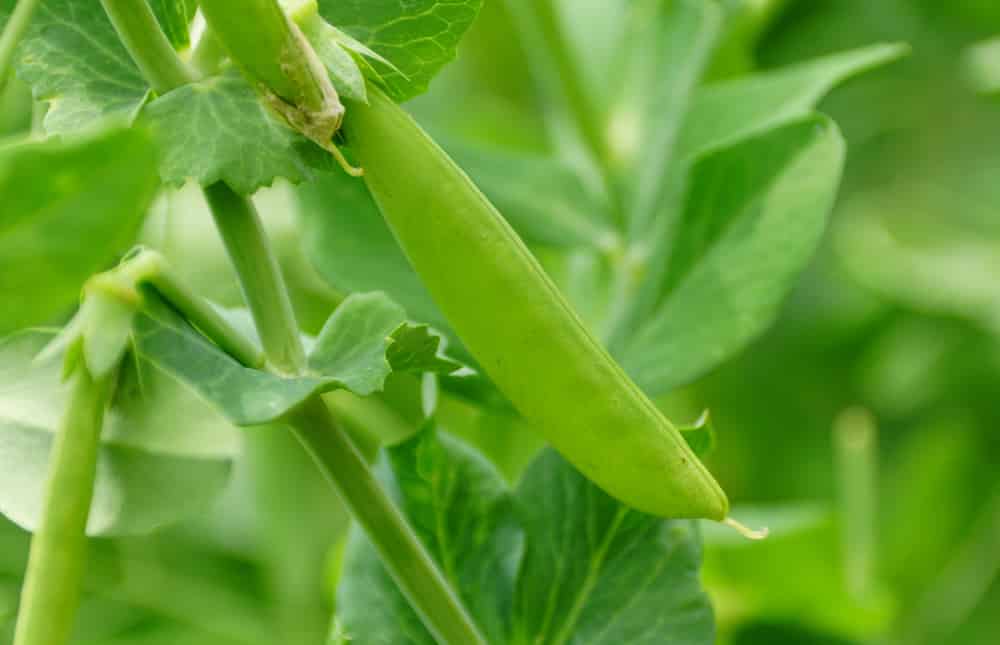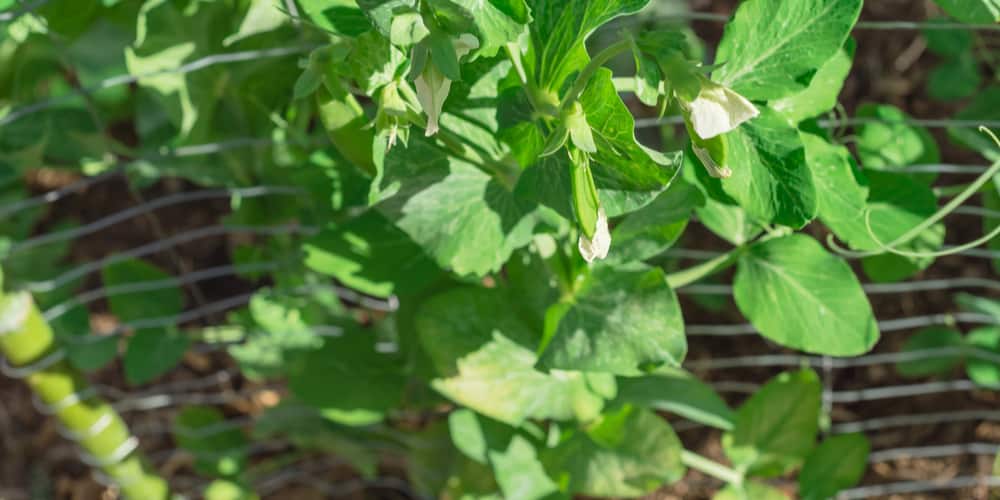Snap peas flowering marks an important point in the vegetable’s growth cycle. To the uninitiated, it may seem strange that pea plants flower, but it’s normal and to be expected.
Let’s take a closer look at why snap peas flower and the things you can do to turn those flowers into pods.
What Does It Mean When Snap Peas Flower?
You may not believe it, but snap pea flowers turn into pea pods and the characteristic peas you eat or drink in soup. The plant follows most of a vegetable or fruit shrub or tree’s growing process, which is forming flower buds before they turn into a fruit or vegetable.
Snap peas are similar to other pea plant varieties in that they need to form flower buds that will turn into pods with peas inside. The exact date of when snap pea flowers turn into pods is different per pea variety, but the estimate is somewhere around 5-7 days after the flower fully opens up and blooms.
Flowers means the plants are in their right environment in terms of getting enough light. Also, the plants are happy with the amount of water they’re getting on a regular basis. Snap peas, also known as sugar snap peas are quite unique in that they’re self-pollinating and don’t need another plant nearby to produce flowers and subsequent pods.
What To Do When Snap Peas Flower
The first thing you’ll need to do when snap peas flower is to be patient. The flowers will soon turn to pods, and in a few days, you can already harvest them fresh.
Snap peas germinate and grow quickly, and they make flowers in approximately 40 to 45 days. After that, it takes around five to seven days for the blooms to turn into edible pods. You can then harvest the pods and the peas inside as an ingredient for your dish.
What this means is that you’ll soon have peas you can eat. The right timing of when to pick and how to pick the snap peas is important if you want to taste the freshest peas, and if you wait too long the pods may become inedible.
Growing snap peas will follow the same requirements even when they’re flowering. Provide full sun and keep the soil constantly moist but not sopping wet. The vegetable will keep producing flowers and pods as long as temperatures stay between 60 to 70 degrees F.
For snap peas not flowering, you may want to look into several aspects of growing the vegetable. The primary reason why your snap peas may not produce too many blooms and an excess of foliage is too much nitrogen content in the soil. It’s recommended that you get a soil test before feeding your peas fertilizer. Alternatively, you can opt for organic matter, such as manure or aged compost amended into the soil upon planting.
Snap pea flowers can drop if the weather is too hot or too cold. When there are prolonged periods of hard rain, your vegetables may experience dropped buds as well. To avoid this, you can plant snap peas in spring so you can start harvesting weeks before the hot summer season arrives. Also, you wouldn’t want to water too much during the flowering stage as it can lead to more leaves than blooms.
How to Harvest Snap Pea Pods?
After waiting around a week after your sugar snap peas flower, you can harvest the pods when the peas are less than an inch in diameter.
It’s recommended that you use two hands when picking the pods off the vine. One hand can be used to hold the vine, while the other picks the pods out of the plant. Alternatively, you can use a sharp knife or scissors to cut without damaging the plant.
Get the star-shaped edge, called the calyx, as well when you’re harvesting snap pea pods. This makes the pods mature several more days and keeps the peas fresh when you’re storing them for later. Even if you don’t intend to cook the peas you should pick the pods at the optimal time so your pea plants produce more flowers (and vegetables).
You can also harvest small amounts of pea shoots or tendrils for salads and other culinary functions.


